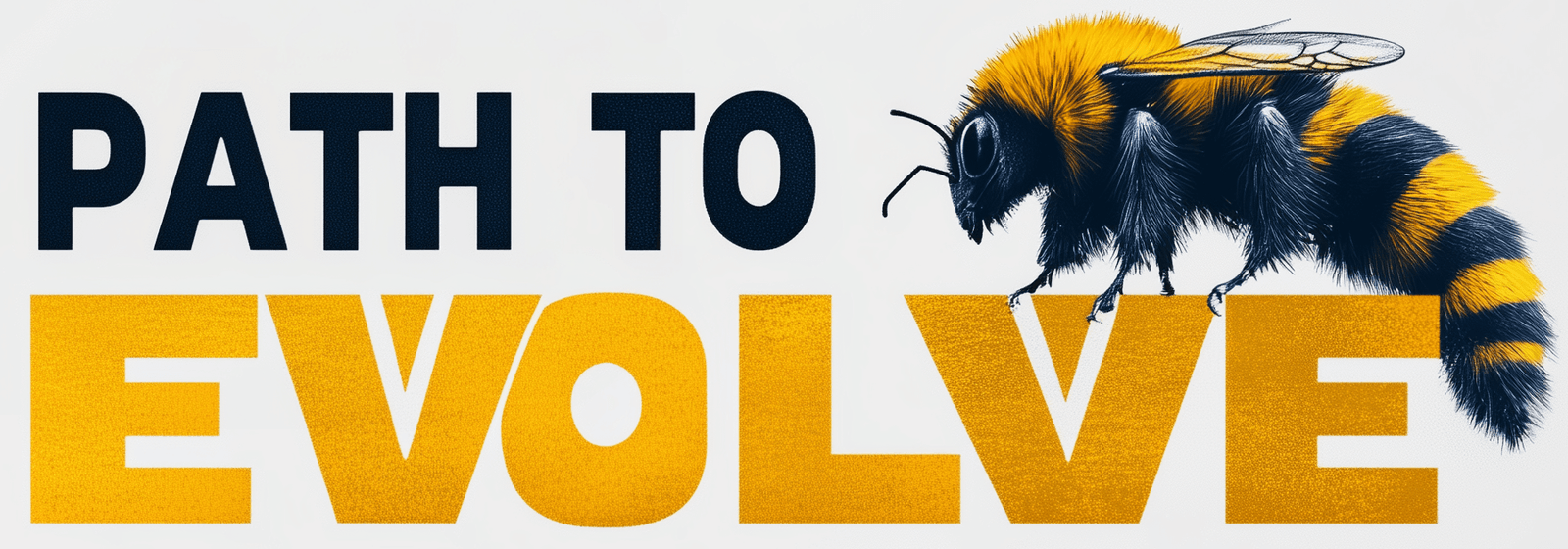Social Media and the Spread of Misinformation
Social media has transformed the way we communicate, share information, and interact with the world. Platforms like Facebook, Twitter, Instagram, and TikTok have made it possible for anyone to create and share content with a global audience. However, this democratization of information has also made it easier for misinformation to spread, often with significant consequences. In this article, we will explore the role of social media in the spread of misinformation, the factors that contribute to its proliferation, its impact on society, and the potential solutions to combat it.
What Is Misinformation?
Misinformation refers to false or misleading information that is spread regardless of intent to deceive. It differs from disinformation, which is deliberately false information shared with the intent to mislead or manipulate. Social media has become a fertile ground for both misinformation and disinformation, allowing them to spread quickly and widely.
1. Types of Misinformation
- Fake News: False stories or news articles that are designed to look like legitimate news but are fabricated to mislead readers.
- Rumors and Conspiracy Theories: Unverified claims that spread rapidly, often fueled by fear or distrust.
- Misleading Headlines: Sensationalized or misleading headlines that are designed to grab attention but do not accurately reflect the content of the article.
- Manipulated Media: Images, videos, or audio that have been edited or altered to create a false impression.
How Social Media Facilitates the Spread of Misinformation
1. Virality and Algorithms
Social media platforms use algorithms to determine which content is displayed to users. These algorithms are designed to prioritize content that is likely to generate engagement, such as likes, shares, and comments. Unfortunately, misinformation often garners high engagement because it is sensational, emotionally charged, or aligns with users’ preexisting beliefs.
- Confirmation Bias: People are more likely to engage with information that confirms their beliefs, which means that false information that aligns with popular narratives can spread rapidly.
- Echo Chambers: Social media platforms create echo chambers, where users are exposed mainly to content that aligns with their views. This reinforces existing beliefs and makes it more difficult for users to discern accurate information from misinformation.
2. User-Generated Content
Social media allows anyone to create and share content, which has led to an explosion of information—both accurate and inaccurate. Unlike traditional media, which has gatekeepers such as editors and fact-checkers, user-generated content on social media lacks oversight. This makes it easy for misinformation to spread unchecked.
- Low Barrier to Entry: Anyone with an internet connection can create and share content, making it challenging to ensure that information is accurate.
- Influencers and Celebrities: Influencers and celebrities with large followings can inadvertently spread misinformation if they share inaccurate content without verifying its authenticity.
3. Speed of Information Sharing
The speed at which information spreads on social media is unprecedented. A tweet or post can go viral within minutes, reaching millions of people before any fact-checking can be done.
- Rapid Sharing: The “share” button allows users to quickly disseminate information to their followers, creating a ripple effect that can lead to widespread misinformation.
- Lack of Verification: In the rush to share breaking news or shocking content, users often do not take the time to verify the accuracy of the information they are sharing.
The Impact of Misinformation on Society
The spread of misinformation on social media can have serious consequences, affecting individuals, communities, and even entire nations. Here are some of the key impacts:
1. Public Health Risks
Misinformation about health, such as false information about vaccines or COVID-19 treatments, can pose significant risks to public health.
- Vaccine Hesitancy: False claims about vaccine safety have contributed to vaccine hesitancy, making it more difficult to achieve herd immunity and control the spread of diseases.
- Misinformation About Treatments: During the COVID-19 pandemic, misinformation about unproven treatments led to people taking potentially harmful substances.
2. Political Polarization
Misinformation can contribute to political polarization by spreading false narratives that deepen divisions between different groups.
- Election Misinformation: False information about election processes, voter fraud, and candidates can undermine trust in democratic institutions and lead to political unrest.
- Manipulation by Foreign Actors: Foreign actors have used social media to spread misinformation aimed at influencing elections and sowing discord within other countries.
3. Erosion of Trust
The spread of misinformation undermines trust in institutions, experts, and the media. When people are exposed to conflicting information, it becomes difficult for them to know whom to trust.
- Distrust in Media: The spread of fake news has led to a decline in trust in traditional media outlets, as people become unsure about what information is credible.
- Distrust in Science: Misinformation about scientific topics, such as climate change and health, has led to skepticism about scientific research and expert opinions.
4. Real-World Consequences
Misinformation can lead to real-world harm, from panic buying during crises to violence against individuals or groups.
- Panic and Fear: During the COVID-19 pandemic, misinformation led to panic buying of essential items, creating shortages and unnecessary fear.
- Violence and Hate Crimes: False information can incite violence, as seen in incidents where conspiracy theories have led to attacks on individuals or specific communities.
Combating the Spread of Misinformation
Addressing the spread of misinformation on social media requires a multi-faceted approach involving platforms, governments, and users. Here are some potential solutions:
1. Platform Accountability
Social media platforms have a responsibility to limit the spread of misinformation and ensure that accurate information is prioritized.
- Algorithm Adjustments: Platforms can adjust their algorithms to prioritize credible sources and reduce the reach of content flagged as false or misleading.
- Fact-Checking Partnerships: Platforms like Facebook and Twitter have partnered with third-party fact-checkers to label false information and provide users with accurate context.
- Content Moderation: Hiring more content moderators and using AI tools to detect and remove misinformation can help reduce its spread.
2. Media Literacy Education
Educating users about media literacy is essential for helping them identify misinformation and make informed decisions about the content they consume and share.
- Critical Thinking Skills: Media literacy education should focus on developing critical thinking skills so that users can evaluate the credibility of sources and identify red flags.
- Identifying Misinformation: Teaching users how to spot misinformation, such as checking the source, looking for evidence, and avoiding emotionally charged content, can help reduce its spread.
3. Encouraging Responsible Sharing
Users play a crucial role in stopping the spread of misinformation by being mindful of what they share.
- Pause Before Sharing: Encourage users to pause and verify the information before sharing it with others. This can help prevent the rapid spread of false information.
- Reporting Misinformation: Social media platforms allow users to report content they believe is false. Encouraging users to use these features can help identify and remove misleading content.
4. Government and Regulatory Actions
Governments can also play a role in combating misinformation by enacting regulations that hold platforms accountable for the spread of harmful content.
- Legislation: Governments can pass laws requiring social media platforms to take action against misinformation, such as imposing fines for failure to remove harmful content.
- Public Awareness Campaigns: Governments can run public awareness campaigns to educate citizens about the dangers of misinformation and how to recognize it.
Conclusion
Social media has fundamentally changed the way information is disseminated, making it easier than ever for misinformation to spread. The consequences of misinformation are far-reaching, affecting public health, political stability, and trust in institutions. Addressing this issue requires a collaborative effort involving social media platforms, governments, and users. By promoting media literacy, encouraging responsible sharing, and holding platforms accountable, we can work towards reducing the spread of misinformation and ensuring that social media remains a space for informed and meaningful communication.




No Comment! Be the first one.